Voyager's epic journey: How long would it take you?
Continue reading the main storyThis page is best viewed on a smart phone, tablet, laptop or desktop. Please make sure you have JavaScript turned on, check your browser for details.
Nasa's Voyager 1 spacecraft will soon become the first human-made object to leave our Solar System. It has taken it 36 years to reach the edge of interstellar space.
Below, you can see some of the steps it has taken along the way.
-
EarthThe Mission
-
Jupiter, the first gas giant
-
Saturn, Voyagers part ways
-
Uranus, new moons
-
Deep spaceCalling Voyager
-
Neptune, the other blue planet
-
Pale Blue Dot
-
Decades in spaceGrowing old with Voyager
-
Epic journeyRecord-breaking journey
-
Gold discMessage in a bottle
-
Termination Shock
-
Catching Voyager 2
-
You've reached Voyager 1's current location
Voyager took 36 years to travel 18.7 billion km
Dallas Campbell narrates a brief overview of the Voyager mission, in this clip from the BBC Four documentary, Voyager: to the final frontier



In this clip from the BBC Four documentary, Voyager: to the final frontier, Dallas Campbell describes how the picture came about.


This recording of the solar wind has been looped, as the original is only 6 seconds long. NASA/JPL/University of Iowa
Voyager probe 'leaves Solar System'
FAQ: How was this graphic made?
BBC Blogs, an epic journey for UX&D
By John Walton, Helene Sears, Steven Connor, Josephine Lie, Christi Sodano, Tom Maslen, Steven Atherton and Martyn Rees

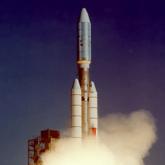
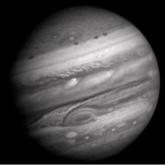

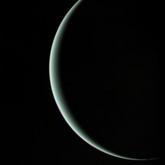

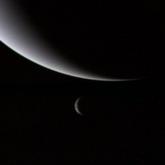



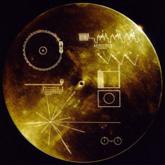
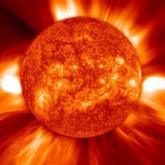






 Drones bounce back from collisions
Drones bounce back from collisions